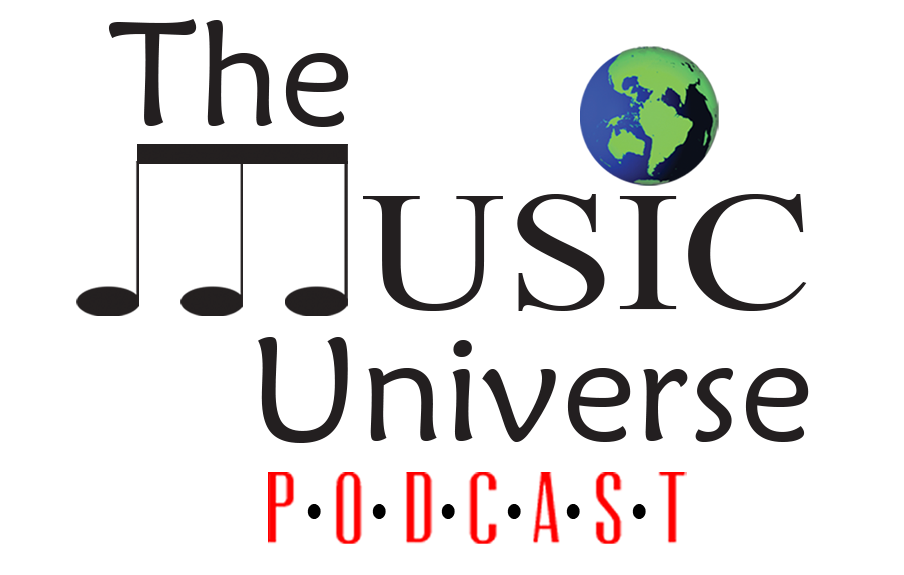The exponential growth of the digital age, also known as the Web 2.0 era, has, undoubtedly changed every aspect of business behavior. With the global number of internet users now over three billion as of 2014, it is expected that the music industry would also find ways to capitalize on having a web presence. A report titled “The Music Industry in the Web 2.0 Era,” presented to the Copenhagen Business School and available on ReportLinker’s database, demonstrates how the digital world has also changed the music industry.
The music industry has come a long way from reading sheet music. In just a few decades, the industry rapidly progressed from radio to vinyl LP, then to the cassette, the CD and now the digital format. It was not until the digital format era did the illegal downloading of music become a significant problem. For the first time, the industry fell behind technology and the downfall started with Napster, the music Peer-to-Peer file sharing website that revolutionized modern music listening. Even after countless lawsuits and ultimately a bankruptcy, more music sharing companies still arose.
It was not until 2001, when Apple introduced the iPod and iTunes music store that the industry started to gain its traction again though still a threat because it encouraged illegal downloading. In 2005, YouTube launched and quickly became the go-to site for music watching and listening. Then, in 2007, Apple released its first iPhone. Music is, again, now on par with technology.
This new technology inspired other start-ups in music streaming services like Spotify where there is no need to download a song because it continuously streams on-demand on the internet. Music is now globalized with access over the internet and becoming a cultural phenomenon, which “meant that producers had to create a model for the production of culture” (pg. 28).
Spotify reports that “40% of individuals between 30 and 64 pirate less when offered the same alternative.”
Music marketing has also significantly changed, where once radio had the most influence on popular culture then MTV, now the internet is the largest medium for marketing music. Music can be marketed in different channels such as YouTube, social media, movie soundtracks and now video game soundtracks. Though the music industry has learned to adapt to modern technology, illegal downloading continued to be a struggle though far less impactful. Music streaming, like Spotify, became a necessary fix for illegal downloading by making it easier for listeners to access music legally.
Spotify reports that “40% of individuals between 30 and 64 pirate less when offered the same alternative” (pg. 41). The large part of the anti-piracy fight is the struggle with varying international laws now that music is more global than 50 years ago. Spotify reported that, when they are introduced into a new country, “illegal downloading for 55% of individuals aged between 18 and 29 when offered a free legal alternative” (pg. 41).
According to a survey produced for this report, 37% of 270 respondents reported illegally downloading music and almost 90% reported having downloaded illegal music at some point. Seventy-six (76%) of respondents aged 16-30 decreased their illegal downloading. Sixty-two percent of these respondents reported that the reason for the change in their behavior was due to the use of streaming services instead. Of those who use music streaming services, the majority (57%) used the free version. If music streaming services were to switch to a paid-only option, 49% reported that they would continue to use the service and 34% reported that they would stop using the service.
It is apparent that the adaptation of technology in the music industry has begun to solve costly issues such as illegal downloading. It is possible that the industry will see another golden age of music.



